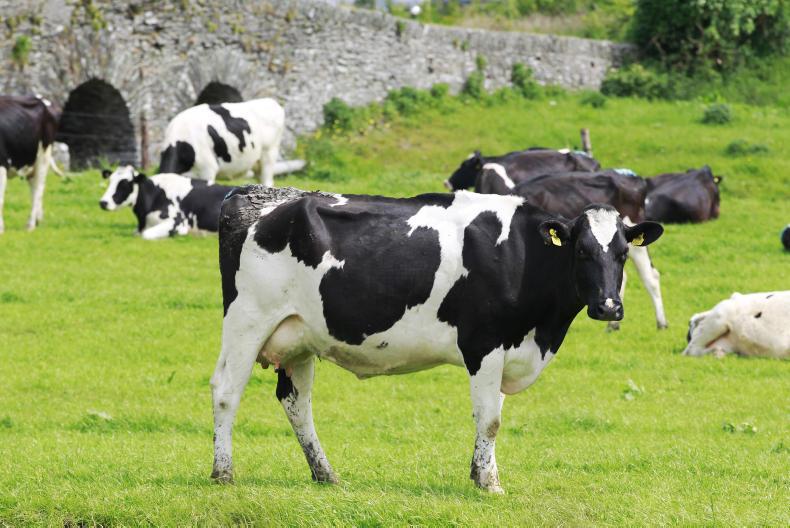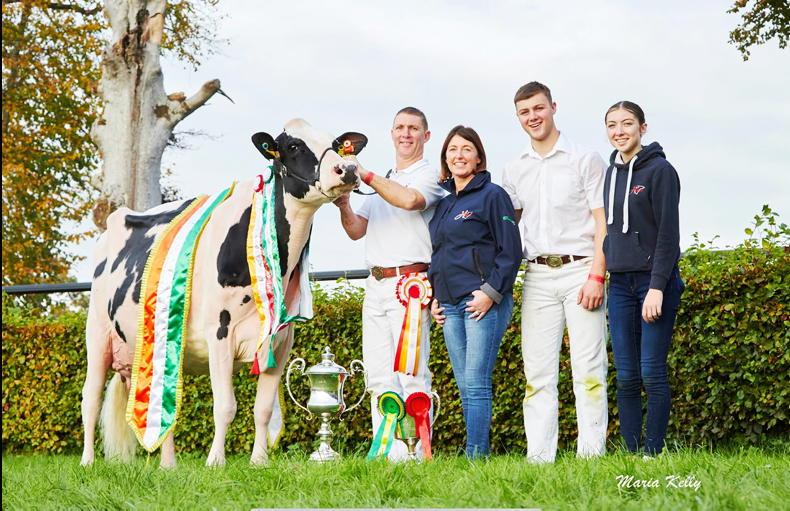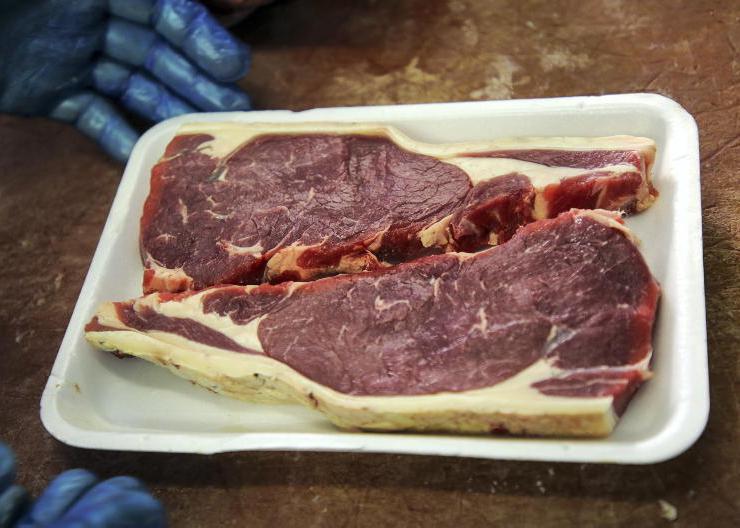Some 60% of dairy farmers had outstanding borrowings in 2016, with an average debt figure of €99,058. The sector accounted for 36% of the total on-farm investment (€245m) last year. A sharp €55m drop on 2015.
Although dairy farms have the highest level of borrowings, their debt represents 1.75 times their annual income, compared to 2.08 on sheep farms and 1.97 on cattle other farms.
Income
Dairy farms suffered a 17% decline in farm income in 2016, with average income now standing at €51,809. A larger number of farms now fall into lower income brackets. Over 30% of farms returned under €30,000 while just 10% have an average farm income of over €100,000.
In regions where dairying is more prevalent, farms are generally more profitable and rely less on direct payments.
Expansion
Despite volatile market conditions in 2016, milk production has continued to rise on the back of the abolition of milk quotas back in 2015.
To maintain a positive income in 2016, farms had to increase production by at least 50%
Milk output has increased by 82% on dairy farms since 2014. To maintain a positive income in 2016, farms had to increase production by at least 50%.
Expansion in the dairy sector has been achieved through an increase in cow numbers, raised productivity and an increasing focus on the dairy industry more so than other areas of farming.
In terms of herd, 2006 saw just 3% of dairy farms having over 100 cows, in 2016 this figure stood at 13%.
Read more
Average farm income down €2,240 last year
Some 60% of dairy farmers had outstanding borrowings in 2016, with an average debt figure of €99,058. The sector accounted for 36% of the total on-farm investment (€245m) last year. A sharp €55m drop on 2015.
Although dairy farms have the highest level of borrowings, their debt represents 1.75 times their annual income, compared to 2.08 on sheep farms and 1.97 on cattle other farms.
Income
Dairy farms suffered a 17% decline in farm income in 2016, with average income now standing at €51,809. A larger number of farms now fall into lower income brackets. Over 30% of farms returned under €30,000 while just 10% have an average farm income of over €100,000.
In regions where dairying is more prevalent, farms are generally more profitable and rely less on direct payments.
Expansion
Despite volatile market conditions in 2016, milk production has continued to rise on the back of the abolition of milk quotas back in 2015.
To maintain a positive income in 2016, farms had to increase production by at least 50%
Milk output has increased by 82% on dairy farms since 2014. To maintain a positive income in 2016, farms had to increase production by at least 50%.
Expansion in the dairy sector has been achieved through an increase in cow numbers, raised productivity and an increasing focus on the dairy industry more so than other areas of farming.
In terms of herd, 2006 saw just 3% of dairy farms having over 100 cows, in 2016 this figure stood at 13%.
Read more
Average farm income down €2,240 last year









SHARING OPTIONS